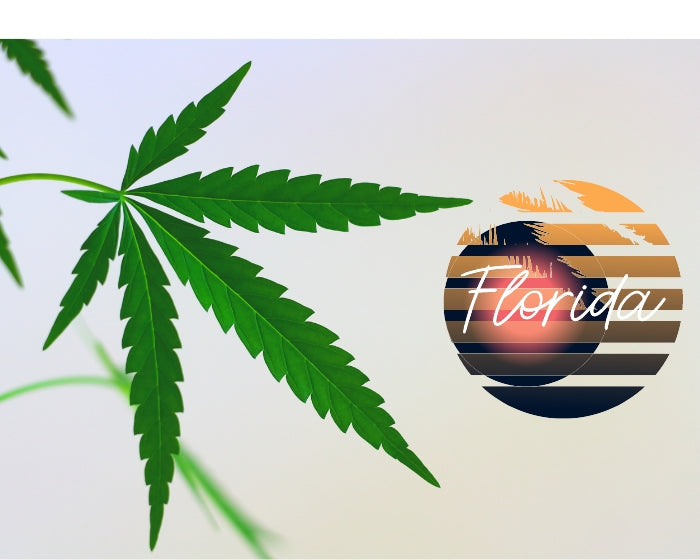As the enigmatic bill makes its long and arduous trek through Senate and House committee stops, the proposed legalization reform continues to evolve.

This week a legislative measure that would legalize adult-use marijuana in the state of Minnesota received approval from its 14th House committee as it inches closer to a hopeful floor vote later this Spring. Several media outlets are reporting that, following the addition of a large-scale amendment overhauling several taxation requirements in the bill, the House Taxes Committee passed the cannabis legalization reform package via a voice vote on Thursday.
Before the meeting, committee members received a highly anticipated fiscal note and revenue projection analysis to aid their deliberations. One of the more notable adjustments adopted in the new amendment is a plan to decrease the cannabis sales tax rate gradually over time.
The rate would initially be set at the original bill's level of 8% and then be reduced to 5.25% beginning in 2025. Following that reduction, regulators would then be charged with assessing a new rate every two years to potentially set even lower tax levels so that only the implementation costs are covered.
The bill's sponsor in the House, Rep. Zack Stephenson (D), crafted the details of the comprehensive taxation amendment. After the vote of approval, he said, "The theory behind this bill from the beginning has always been that we are not doing pot for potholes. We are not legalizing cannabis in order to fund other enterprises of state government. We think that cannabis should be self-sufficient and that the licensing fees and tax revenue generated by cannabis should flow to what is necessary to effectuate the cannabis bill, but not go beyond that."
"The theory behind this bill from the beginning has always been that we are not doing pot for potholes. We are not legalizing cannabis in order to fund other enterprises of state government. We think that cannabis should be self-sufficient and that the licensing fees and tax revenue generated by cannabis should flow to what is necessary to effectuate the cannabis bill, but not go beyond that."
- MN State Rep. Zack Stephenson (D)
It is unclear how this latest and most significant adjustment to the legalization measure will impact the likelihood of the bill's ultimate passage, particularly concerning Governor Walz's necessary signature. The new changes are in stark contrast to the governor's plan for legalizing marijuana in Minnesota as part of his budget request for this year.
Under his proposal, all marijuana product sales would have an added 15% sales tax. Industry experts and lawmakers, like Rep. Stephenson and his counterpart in the Senate, Sen. Lindsey Port (D), believe that rate would have a financially detrimental impact on the regulated market, enabling the illicit black market to thrive.
However, Gov. Walz and his advisers argue that there is insufficient evidence to corroborate that claim. Likewise, they contend that a higher rate would be necessary to help fund additional programs, including substance use treatment.
Despite the governor's claims for his higher rate, data from the Minnesota Department of Revenue via a 139-page fiscal note for the bill provided committee members with a detailed analysis contradicting Walz's justification for such a high tax percentage. The note considers cannabis gross receipts tax, revenue from licensing, grant program expenses, required reports and studies, property tax interactions, and business expense subtraction.
In addition, a separate revenue analysis shared with the committee also quantifies the financial impact of the amendment's plan of reducing the tax rate over time. That study found that during the first year of implementing adult-use cannabis sales in 2024, the state would spend more money than it would receive from marijuana tax revenue (roughly $46.7 million more). However, by 2025 it projected that tax revenue would begin to exceed state expenditures.
Additionally, the fiscal analysis predicts cannabis sales tax revenue to generate roughly $91.1 million under the new amendment by 2027, with only $56.7 million being spent from the general fund to help facilitate and regulate the recreational market.
The vast chasm between the governor's vision and the newly amended House version of the bill does provide some cause for concern for advocates of legalization reform. However, the hope is that through compromise and negotiation, the substantial divergence can be eventually ironed out prior to a full vote by the House and Senate. Both versions of the bill have already undergone significant changes, most notably amendments addressing concerns from hemp industry stakeholders.
The Senate version of the bill is still working its way through the gauntlet of committees that the chamber requires for its ultimate legislative approval. While the two separate measures are almost identical, some key differences must be resolved before a full vote in either body. However, based on the current trajectories of both pieces of legislation and the synergistic vibes shared between Stephenson and Port, many political and industry watchers anticipate the twin bills will eventually coalesce into one cohesive and consistent plan for statewide legalization.
With both chambers of the State House and the Governor's mansion firmly in Democratic control, there is much optimism that Minnesota will make recreational marijuana sales and use legal for adults 21 and older this year. All signs continue to point in that direction. Let's hope those in charge of navigating the legislative ship maintain their focus, resolve, and avoid any and all hazards still ahead.






































